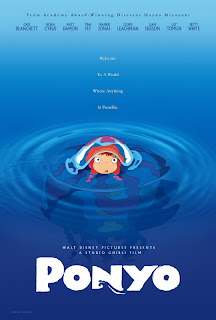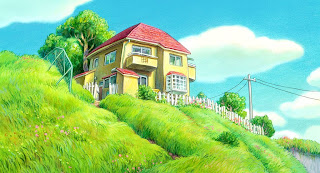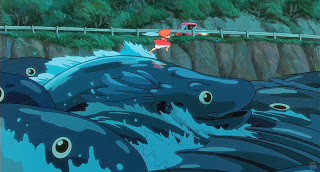The most important thing for me was the introduction to video editing using Final Cut. I'm a total beginner, so I'm glad we did the video assignment because it was my first fully edited video project and I learned a lot from it. However, we were given little time for the planning and filming phases, so I felt very rushed and worried we wouldn't be able to come up with a decent concept or get enough footage. Furthermore, the lecture format is not an effective way to learn how to use software that I've never used before. I can't remember all the things we were shown, and taking notes on the steps is impractical if not impossible. It was even more frustrating with the Flash animation portion. When it came time to actually edit our video or do our Flash animations, I had merely a vague idea of the layout of the software and little know-how. We had to figure it out by trial and error or by seeking out other tutorial sources. (I still don't get how to even begin to use Action script because the lectures on using Flash made zero sense to me. Didn't understand a sentence of those, honestly). What's more, some last-minute requirements were thrown at us for the animation assignment which we were not equipped to fulfill. In the end, all the students did a really impressive job on the projects, especially considering the time constraints and so forth.
I think it would be so helpful if we learned how to use the software hands-on in the computer lab using sample video clips or animations. The problem with the computer lab is that the desks are facing the wall, not the front of the room where the projector is. I may sound silly for saying this, but that really hinders the students' ability to watch what the teacher does on their computer while working on our own computers, because we have to turn around and look at the projector screen. It might be asking a lot, but the lab room should be totally reorganized to make it so the computer desks are placed in such a way that students can look up to the screen at the front of the room without turning around, while still sitting at their computers. (If that makes sense the way I'm wording it?) That way, the professor may say "Next, click on such-and-such and select this-and-that" and the students can look at the professor's screen and see right where to click while still facing their own computer screen, and can easily follow along with the directions.
Because of all the confusion, I still feel a little ill-equipped for my future film courses, but I did learn some important basic, introductory skills in editing that will hopefully help me. Perhaps Hunter's Film department should consider going back to having the course "Beginning Techniques in Film and Video" as a pre-requisite. This combined media crash course is a little too condensed. I hope I didn't sound like I was merely complaining in this post.




